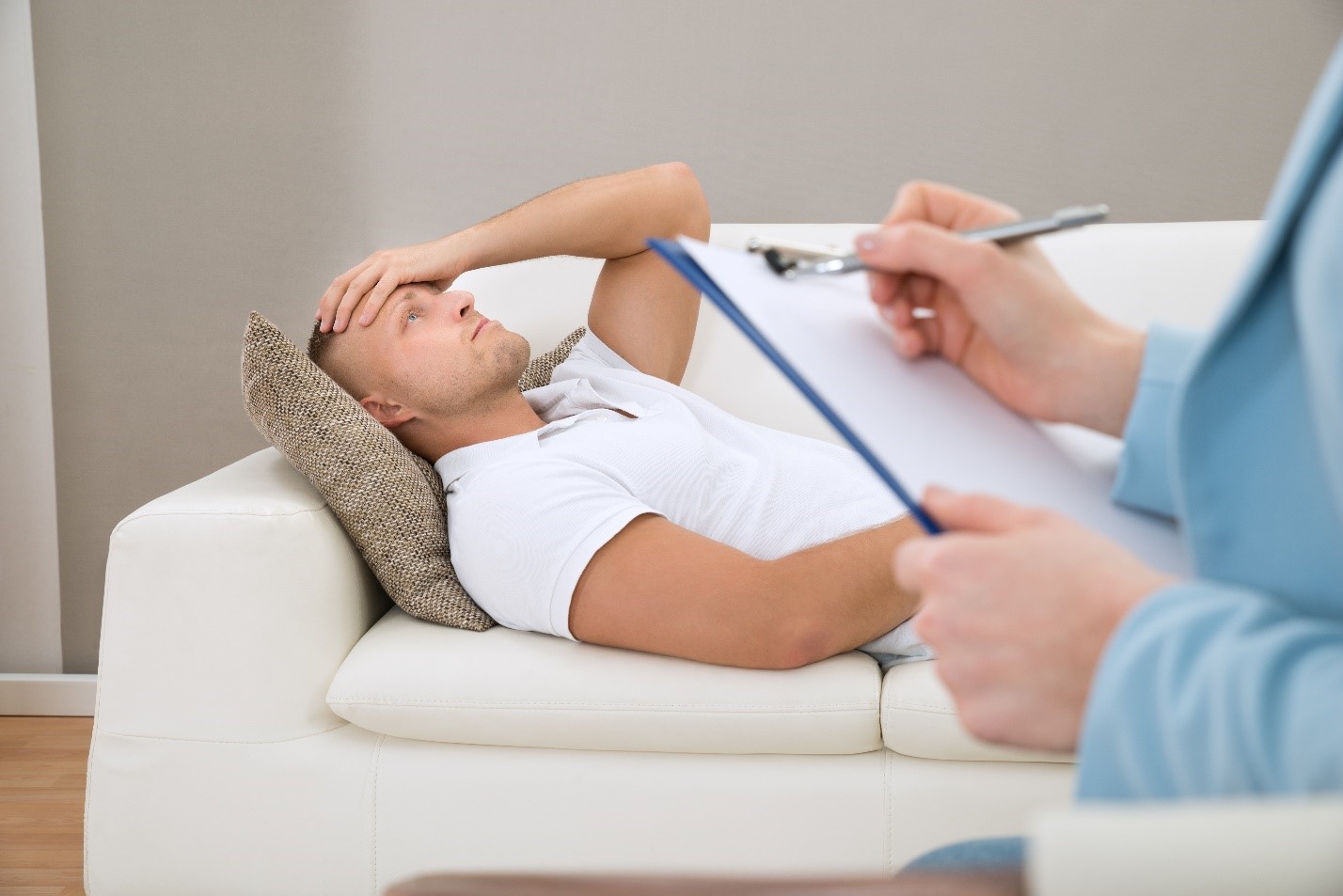5 Signs To Help Spot Codeine Addiction & Withdrawals
Doctors prescribe codeine for pain relief and for its cough suppressant properties. Like other opiates, it has legitimate medical uses, but it can also give rise to physical dependence and even addiction. Learn how to spot the warning signs of codeine addiction if you want to spare loved ones, or yourself, the long-term consequences of substance abuse.
Signs of Codeine Abuse & Withdrawal
Codeine addiction may be a possibility if someone displays:
1. Mental and Physical Symptoms of Codeine Abuse
Codeine directly affects the brain, as well as other parts of the body, which makes it easier to recognize the outward signs of abuse. Side effects range from the mild to the severe, from the pleasant to the uncomfortable.
| Physical symptoms of codeine abuse may include: | Mental side effects of codeine include the following symptoms: |
| » Nausea and vomiting » Dry mouth » Dizziness » Breathing troubles » Constipation » Loss of appetite |
» Drowsiness » Confusion » Apathy » Lack of coordination » Slurred speech |
2. Financial Troubles
Many people struggle with financial troubles, but unusual or unexpected hardship may be a sign of a deeper problem. Those with an opiate addiction may find it difficult to fund their ever-growing need for more drugs, and that can lead them into financial hot water.
That doesn’t mean everyone who struggles for money suffers from an addiction to painkillers, but someone who continually borrows or even steals money, then lies about how they spend it, may be hiding a substance abuse problem.
3. Long-Term Health Problems
If someone continues to use codeine on a regular basis, they may develop serious health conditions that run the gamut from the annoying to the debilitating, and, in some cases, life-threatening. The following problems may result from long-term codeine abuse:
• Insomnia
• Seizures
• Nightmares
• Decreased tolerance to pain
In addition, a person may suffer liver damage if the drug they take also contains acetaminophen, another painkiller and fever-reducer known to cause liver toxicity when taken in significant doses.
4. Doctor Shopping
Someone who is addicted to painkillers will do almost anything to get their hands on more drugs. The more they use, the more their bodies crave codeine, and the more emotionally dependent they become on the drug.
If one doctor won’t renew their prescription, they’ll simply find another who will. In some cases, they’ll even go to the extreme of visiting different emergency departments to get a quick fix. If you notice that a loved one makes frequent doctor’s visits to different healthcare providers, it might be time to dig a little deeper and find out if they’re suffering from addiction.
5. Signs and Symptoms of Codeine Withdrawal
As someone develops a tolerance to codeine, they need to increase their dosage in order to experience the same effects. Not only does that raise their risk of overdose, but it also gives rise to physical dependence, which makes quitting difficult. As soon as someone stops using, they may experience the following withdrawal symptoms of codeine addiction:
• Diarrhea
• Stomach cramps
• Muscle aches
• Nausea
• Vomiting
• Anxiety
• Sweating
• Insomnia
• Irritability
• Depression
Codeine Addiction Treatment Options

Do you think someone close to you might be battling an addiction to codeine? Do they display any of the symptoms of addiction to codeine? At Yellowstone Recovery, they can overcome the withdrawal effects of codeine in a safe and secure environment before starting a long-term, comprehensive addiction treatment program that addresses the psychological, physical, and social aspects of addiction. Contact us to learn more about our affordable southern California rehab centers.
Source
1. https://www.mayoclinic.org/drugs-supplements/codeine-oral-route/side-effects/drg-20074022
- Treatment Options
- Program Curriculum
- Program Services








